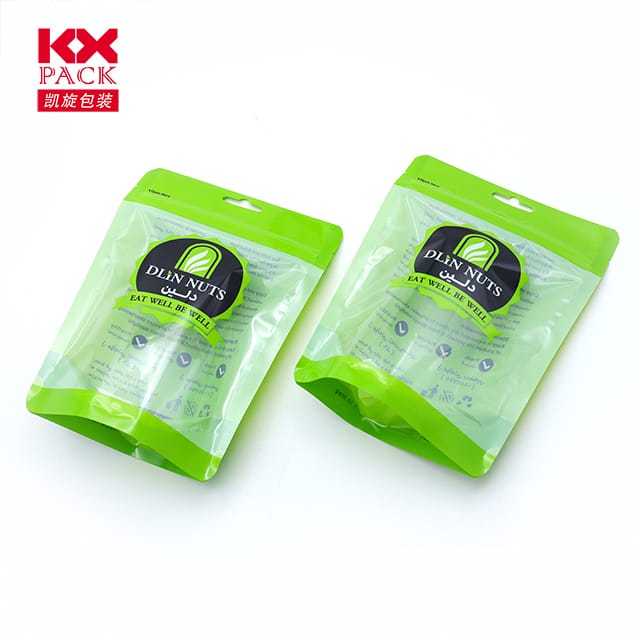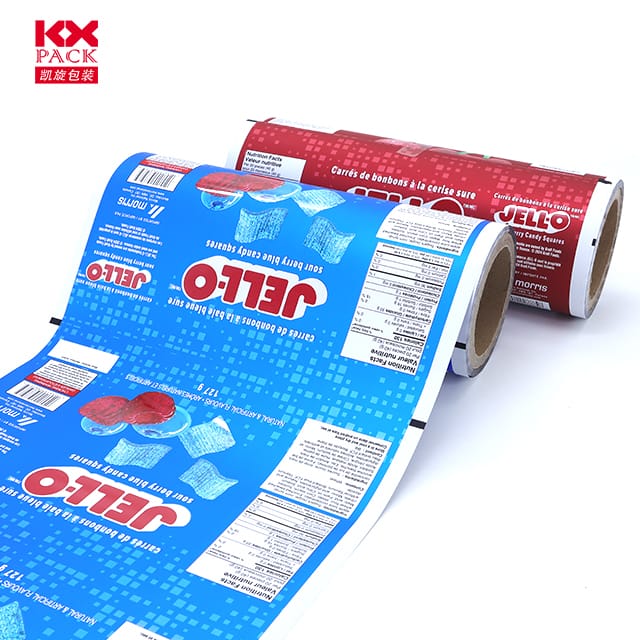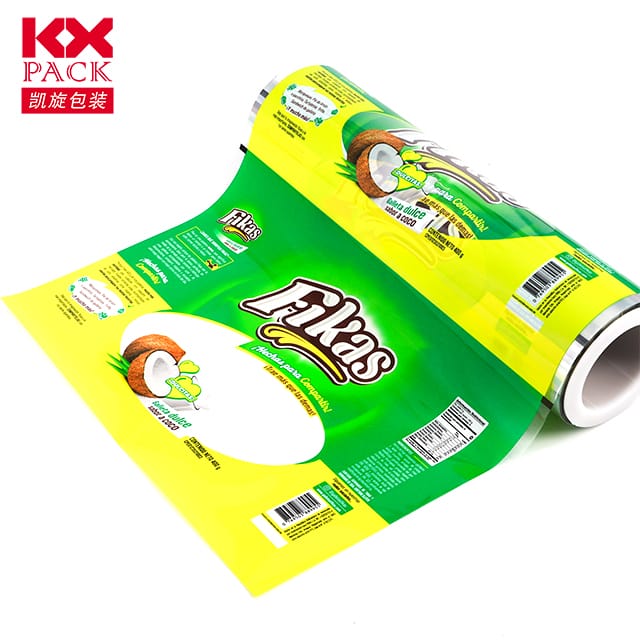The Truth About Food Wrap Plastic Film: Kemudahan vs. Consequence
Food Wrap Plastic Film
In our fast-paced lives, Bungkus plastik telah menjadi dapur ruji dapur, serba boleh, dan seolah -olah sangat diperlukan. But as we peel off sheets to cover leftovers or wrap sandwiches, it’s worth pausing to consider the hidden costs of this convenience. Let’s dive into the world of food wrap plastic film, exploring its impact, alternatives, and smarter ways to use it.
1. The Ugly Truth: Plastic’s Environmental Toll
Every year, berakhir 1 million tons daripada Food Wrap Plastic Film ends up in landfills or oceans. Unlike bottles or containers, plastic film is not recyclable in most regions due to its thin, stretchy nature. It’s a major contributor to microplastic pollution, breaking down into tiny particles that infiltrate ecosystems and eventually our food chain. Marine life often mistakes plastic for food, leading to fatal consequences.
Shocking Fact: A single piece of plastic wrap can take400+ tahun to decompose. By then, it might outlive the tree it was originally made from!
2. Health Risks: What’s Lingering in Your Lunch?
Manakala Food Wrap Plastic Film is labeled “selamat makanan,” concerns persist. Some plastics contain phthalates (chemical plasticizers) linked to hormonal disruptions. Heating plastic-wrapped food in microwaves can release these chemicals, especially if the wrap touches the meal.
Safety Tip: MemilihBPA-free danphthalate-free bungkus, and never microwave plastic directly. Use glass containers instead for reheating.
3. The Good News: Alternatif mesra alam
Nasib baik, innovation is tackling Food Wrap Plastic Film. Here are smarter swaps:
- Bungkus lebah: Washable, reusable cloths coated in beeswax and jojoba oil. They mold to bowls and last up to a year with care.
- Silicone Lids: Stretchy, airtight covers for bowls of all sizes. Dishwasher-safe and durable.
- Aluminum Foil: Boleh dikitar semula (check local guidelines) and great for grilling or freezing.
- Glass Containers: Invest in airtight jars or containers for long-term storage.
Untuk hujungnya: For quick covers, try inverted plates or bowl-shaped lid sets made from stainless steel.
4. Smarter Plastic Wrap Habits
If ditching Food Wrap Plastic Film entirely feels overwhelming, use it mindfully:
- Reuse: Clean and reuse sheets for non-food items like covering paint cans or wrapping fragile objects.
- Recycle Right: Check if your local recycling program accepts thick plastic bags (some do). Avoid recycling thin, stretchy wraps.
- Buy in Bulk: Reduce packaging waste by purchasing larger quantities of food stored in reusable containers.
5. Brands Leading the Charge
Companies are responding to demand for greener options:
- Eco-friendly Wraps: Jenama seperti Bee’s Wrap dan Abigail’s Oven offer organic cotton wraps.
- Filem Compostable: Diperbuat daripada bahan berasaskan tumbuhan seperti jagung, though industrial composting facilities are needed.
- Reusable Silicones: Stasher Bags dan Lidology create airtight, leakproof solutions for meals on the go.
Your Choice Matters
Every time you reach for plastic wrap, Ingat: It’s not just about preserving food—it’s about preserving our planet. Small swaps add up. By choosing reusables, supporting eco-brands, and advocating for better recycling systems, we can unwrap a healthier future.
Final Thought: Convenience shouldn’t cost the Earth. Let’s wrap mindfully, one meal at a time. 🌍🍎
Hashtags: #PlasticFreeKitchen #SustainableLiving #EcoSwap #ZeroWaste #FoodWrapAlternatives







